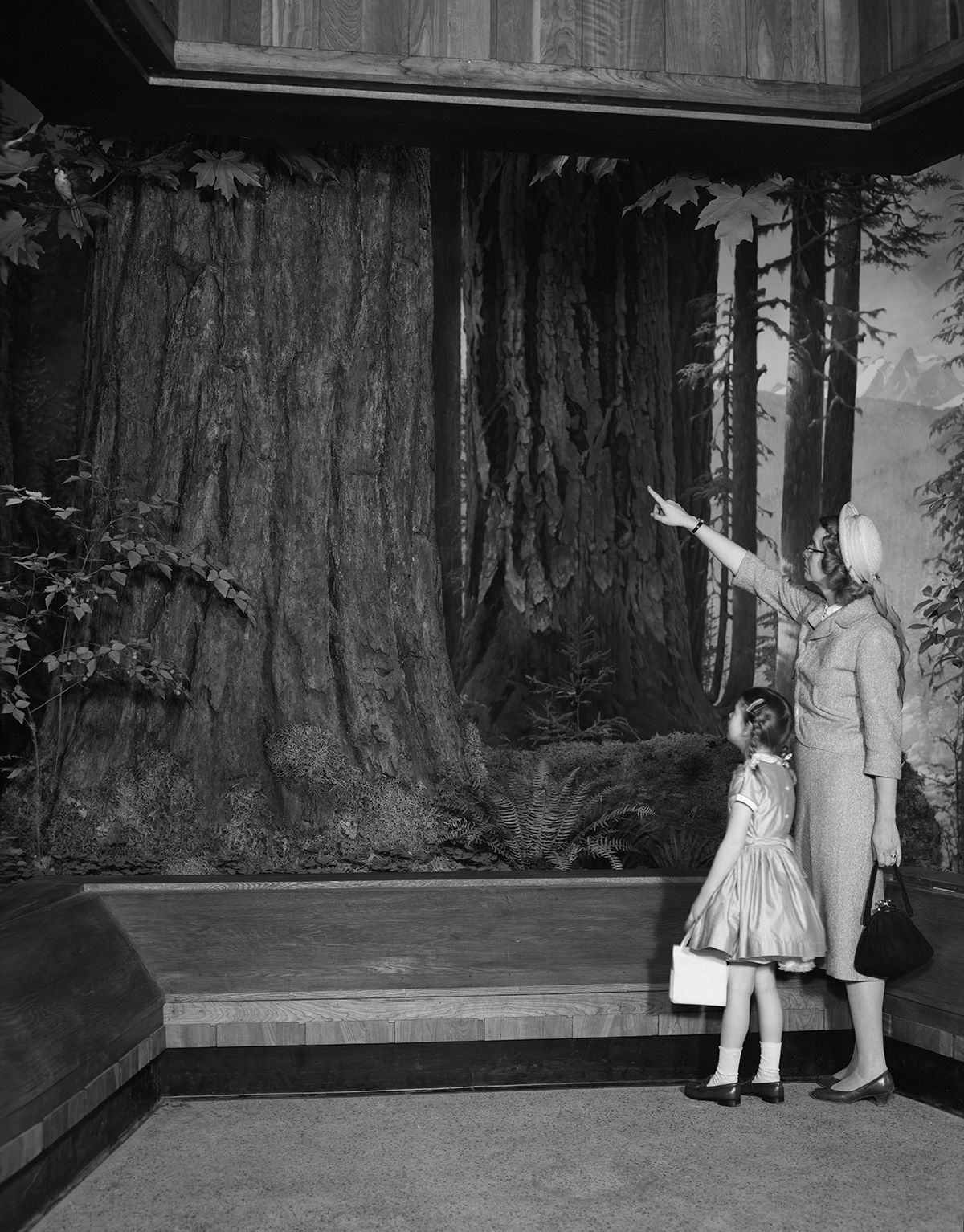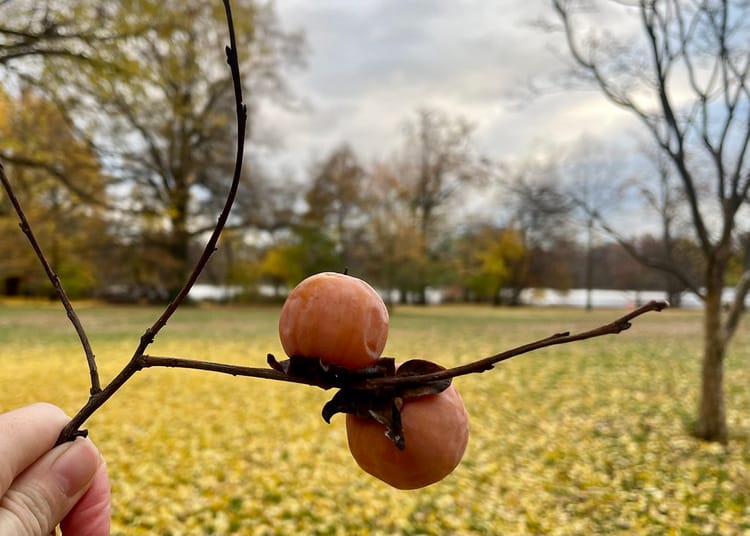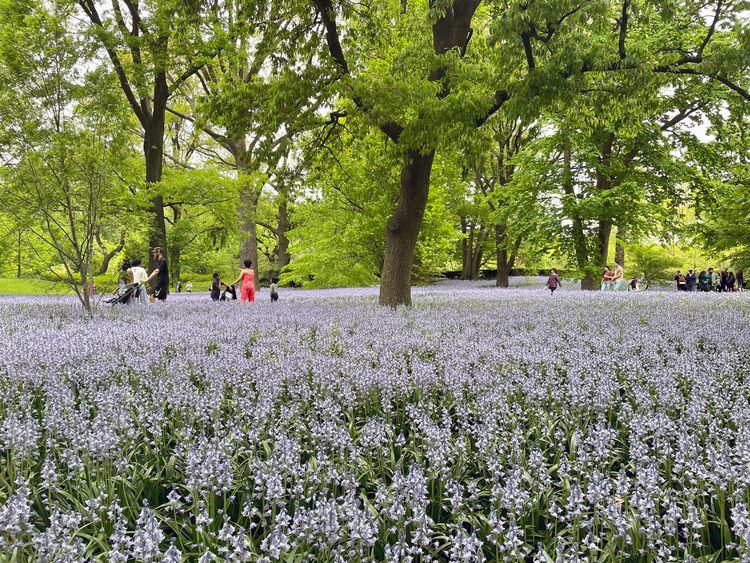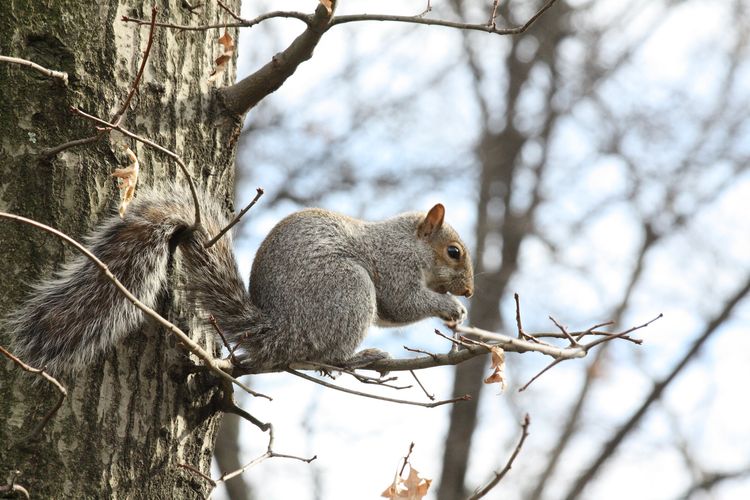Admire the Bones of our Great Trees

Deep in winter when your eyes are starved for green, when you have a hard time imagining that there was ever enough summer heat for picnics in the park and long days at the beach, is the perfect moment to appreciate the architecture of trees. Without their leaves, they reveal distinctive structures of trunks and branches that grow and change every year at a pace we perceive like an aging friend. Suddenly the neighborhood street tree you remember as a sapling is now standing tall and sturdy, or the old horse chestnut on the block has weathered its last storm.
Look closely at the trees you pass every day on the street or in the local park. Marvel at the boughs of the American elms—rare survivors of Dutch elm disease that arrived in the country in the 1930s and ravaged their numbers—that twist Medusa-like in wild canopies. Behold the tall dawn redwoods—believed extinct until they were rediscovered in China in the 1940s—appearing a bit startled to be naked of their bright green foliage that they shed as deciduous conifers. Appreciate the London planetrees—ubiquitous thanks to their hardiness and rampant planting under Parks Commissioner Robert Moses—with their bark that sheds like decaying wallpaper, revealing layers of tannish grey, green, and a milky white. Gaze up at the tuliptrees that rise straight as rails to incredible heights with a candelabra of branches soaring in the sky. (Many of the city’s tallest and oldest trees are tuliptrees.) Seek out the colossal American hornbeam near the boathouse in Prospect Park with its multiple sinewy branches that give it the common name of “musclewood”; visit the Brooklyn Botanic Garden for the formidable tree with a silly name—the caucasian wingnut—which has one of the widest trunks in the city, so hulking that one of its big arms is support by a crutch. Witness the beech trees with their great trunks reminiscent of elephant legs, the smooth, gray bark often tattooed with names and dates; some etymologists have even connected the word “book” to “beech.” (This defacement of the tree, a longtime human tradition, has threatened the beeches’ survival from bark disease.)
Soon it will be spring again, with showy flowers and bright new leaves. The intricacies of the trees will be hidden. Give them attention while you can as each season changes the trees, changes us, all on our own timelines of life in this city.

- Want to find arboreal neighbors near you? The New York City Street Tree Map has 689,227 trees representing 234 species plotted across the five boroughs.
- One of the finest tree specimens to admire in winter is the Brooklyn Botanic Garden’s over 500-year-old juniper bonsai which slumps over at a 90-degree angle yet still thrives. Nearby are the gnarled remains of the late Fudo, a Sargent juniper that lived over 800 years.
- While many trees have shed their leaves, the city has several evergreen outposts to experience some color even in the depths of winter. The Arthur Ross Pinetum covers four acres of Central Park with pine trees from around the world, the Benenson Ornamental Conifers collection at the New York Botanical Garden features everything from a curious snake branch spruce with long weeping branches to dwarf specimens, and the Queens Botanical Garden has two blue Atlas cedars at its gate that date to the 1939 World's Fair.




